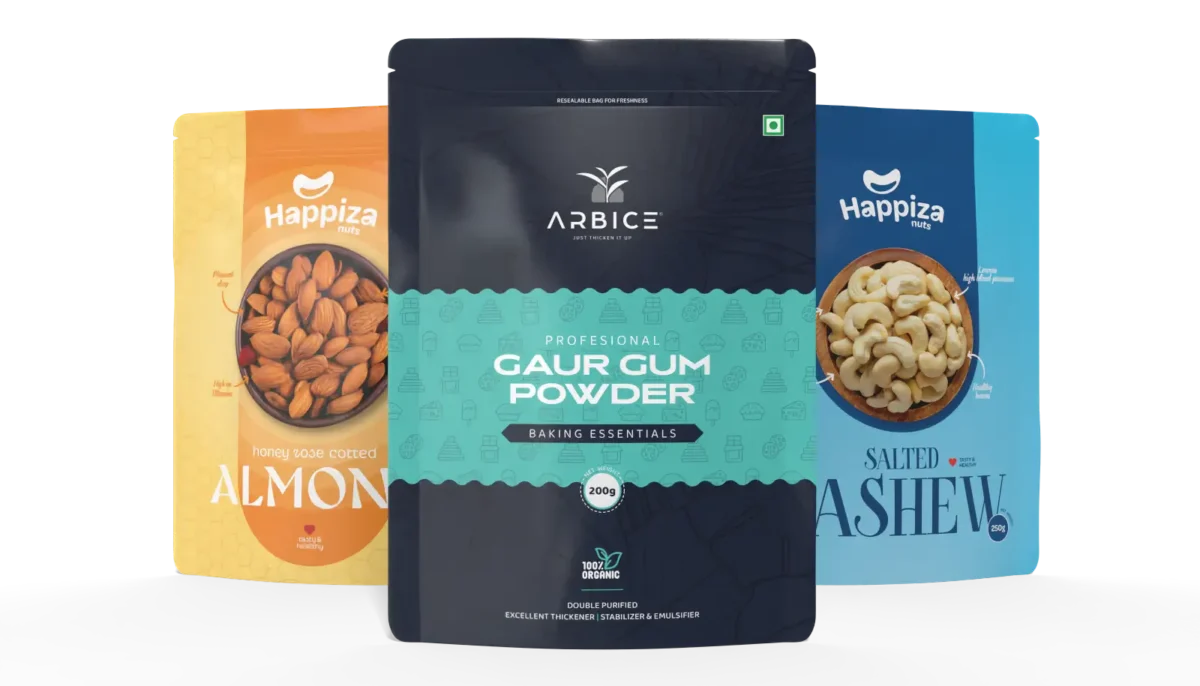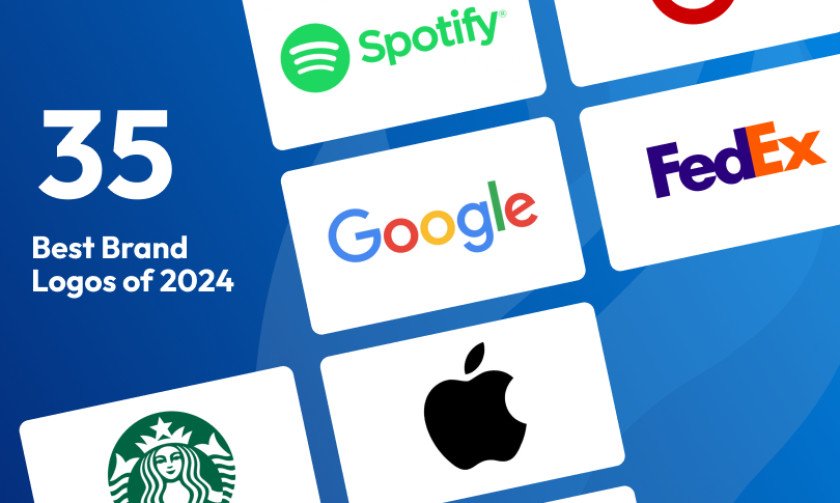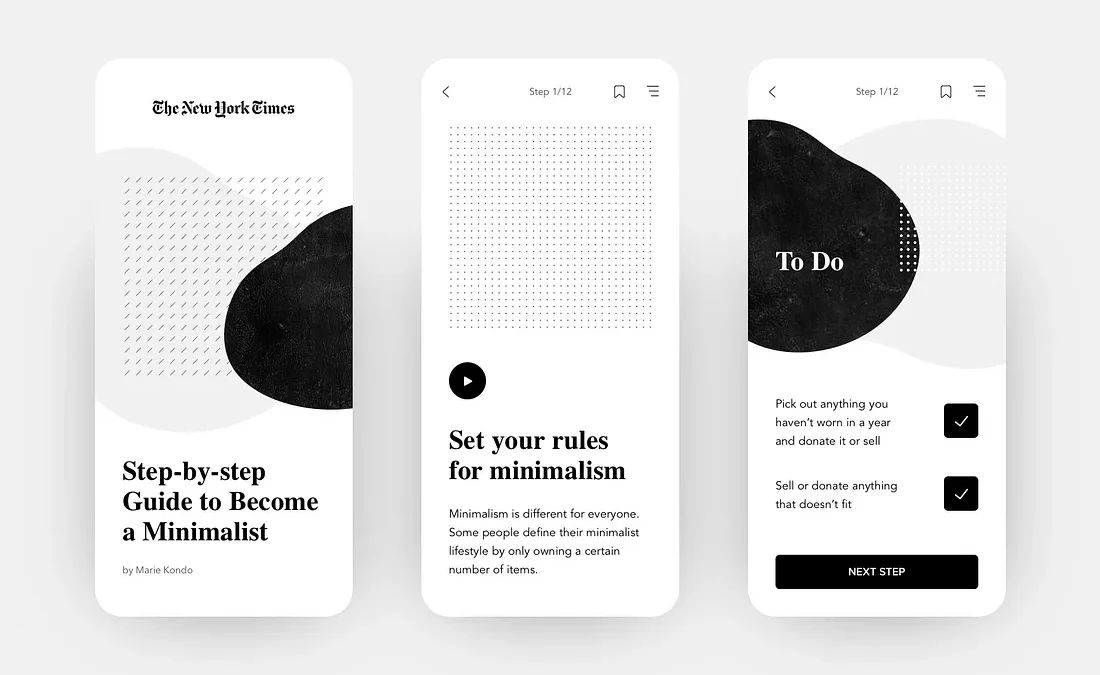
📘 COREDESK DESIGN | FMCG GROWTH PLAYBOOK – BLOG VERSION
Understanding the FMCG Landscape
The Fast-Moving Consumer Goods (FMCG) industry is known for its dynamic nature and products that sell quickly at a low cost. This includes groceries, personal care, and more — all vital parts of the global economy. Because of this, its resilience and adaptability make FMCG a high-potential space for entrepreneurs and established brands alike.
A core feature is the rapid turnover rate. Therefore, brands must invest in effective packaging design that is visually appealing, functional, and economical. Packaging is the first point of contact for buyers, dramatically influencing purchasing decisions. By applying real-world design principles, brands tap into emotional responses and improve interaction.
Today’s consumers demand transparency and sustainability. Consequently, this trend challenges brands to adopt eco-friendly supply chains and reflect these values in packaging. Furthermore, digital integration has transformed how brands connect with consumers — e-commerce now plays a huge role in buying behavior.
Ultimately, understanding these elements helps businesses leverage growth opportunities, laying the foundation for the strategies discussed next.
Defining Your Target Market and Product Differentiation
In FMCG, knowing your target market is key. To begin with, market research, segmentation, and buyer personas ensure your product hits the mark.
For example, conduct surveys, focus groups, and data analysis — this reveals your audience’s demographics, preferences, and pain points. Using these insights, you can segment your market and create buyer personas — detailed profiles of your ideal customers.
As competition grows, product differentiation becomes vital. A unique selling proposition (USP) makes your brand stand out — whether it’s quality, value, or innovation. Alongside this, pair your USP with strong branding to earn recognition and trust.
Consider real-world examples: Coca-Cola and Unilever have used powerful branding and unique products to dominate markets. By focusing on your target audience and product uniqueness, your FMCG brand can build a loyal customer base.
Crafting a Compelling Launch Strategy
A successful launch starts with clear objectives. Specifically, use the SMART framework (Specific, Measurable, Achievable, Relevant, Time-bound) to set realistic goals.
Once you have clear goals, build a comprehensive marketing plan that details your promotional activities to create buzz. Digital marketing tactics like SEO and pay-per-click ads boost visibility. Additionally, influencer partnerships expand your reach and add credibility.
When selecting distribution channels — retail, e-commerce, or direct-to-consumer — choose wherever your audience shops most. Ideally, combine traditional and digital platforms for maximum reach.
Run social media campaigns on Instagram, Facebook, and TikTok — meanwhile, engage audiences with content they’ll want to share. Support campaigns with compelling packaging design that highlights your USP.
Equally important, align all stakeholders — from retailers to distributors — for a smooth rollout. Clear communication reduces errors and ensures everyone works towards the same goal. In short, a well-crafted launch plan sets your FMCG brand up for sustained growth.
Measuring Success and Adapting for Future Growth
Success in FMCG relies on tracking key performance indicators (KPIs) such as sales volume, market share, customer acquisition, and repeat purchases. These metrics reveal what’s working — and what’s not.
To gather this data, collect insights through surveys, point-of-sale data, and online analytics. Armed with this information, you can refine packaging design, improve products, and better serve your customers. Usable, attractive packaging directly influences customer satisfaction and repeat buying.
Since the FMCG market is always shifting — consumer tastes, economic trends, and competition evolve fast — brands must stay adaptable. Therefore, pivot strategies, tweak designs, and adjust features based on real feedback.
For sustainable growth, monitor KPIs regularly, engage customers for feedback, and react to trends quickly. By building a culture of agility, your brand will thrive in the fast-paced FMCG world.
📌 Ready to grow your FMCG brand? Let’s build packaging and branding that sells. Contact Coredesk Design today!




